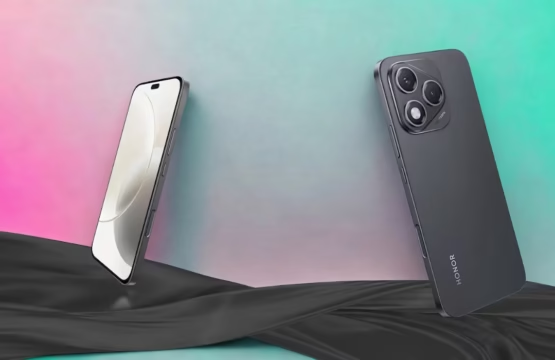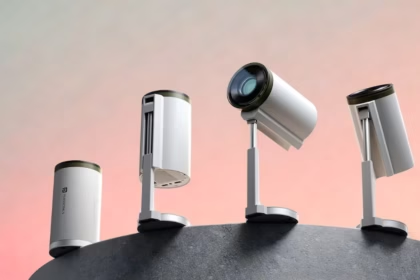Rising tariffs and supply chain costs push Apple to revisit a subscription model. The monthly fee would bundle devices, AppleCare+, and services like iCloud+. Shifts focus from ownership to access, stabilizing Apple’s revenue. Likely launch tied to iPhone 17 or future product cycles.
Apple’s Hardware Subscription Service: A Strategic Move Against Tariffs and Price Hikes
As global tariffs strain supply chains and threaten to push iPhone prices beyond the $999 threshold, Apple is reportedly reviving plans for a hardware subscription service—a move that could redefine how consumers access its products.
Originally rumored in 2022, this model would bundle devices, services, and support into a single monthly fee, aligning with Apple’s vision of a seamless ecosystem. Here’s why this idea is gaining traction now.
Why Tariffs Make a Subscription Model Essential
With international trade tensions escalating, Apple faces mounting production costs. The U.S. government’s potential tariff increases on electronics imported from China could force iPhone prices upward, risking consumer sticker shock.
A hardware subscription service would allow Apple to absorb these costs gradually while offering users predictable monthly payments. As Bloomberg’s Mark Gurman notes, “This model softens the blow of price hikes by spreading costs over time.”
What Would Apple’s Subscription Service Include?
The Apple hardware subscription service is expected to expand on the existing iPhone Upgrade Program. For a flat monthly fee, users would receive:

- Latest hardware (iPhone, iPad, Mac, or Apple Watch).
- AppleCare+ protection.
- Services like iCloud+ and Apple Music.
At the end of the term, subscribers could return the device, upgrade, or renew. Unlike traditional financing, this model emphasizes access over ownership, mirroring trends in software (e.g., Netflix) and even automotive leasing.
Strategic Benefits for Apple
- Stabilized Revenue: Recurring payments reduce reliance on erratic upgrade cycles.
- Ecosystem Lock-In: Bundling services like Apple Music and iCloud+ keeps users entrenched in Apple’s ecosystem.
- Competitive Edge: By controlling hardware, software, and support, Apple avoids carrier-dependent models.
As Gurman explains, “This isn’t just about iPhones—it’s about iPads, Macs, and wearables becoming part of a subscription lifestyle.”
Timing and Feasibility
Apple has quietly prepared work for this shift. In 2023, trademarks and backend systems hinting at a hardware subscription service were discovered. Analysts speculate that a launch could coincide with the iPh17’se 17’s release in late 2024, though regulatory and consumer adoption challenges remain.
Consumer Considerations: How Much Is Too Much?
While the model offers flexibility, critics question how many subscriptions users will tolerate. With streaming, cloud storage, and now hardware fees, Apple must balance affordability with value.
As one industry expert warns, “The key is ensuring the bundle feels essential, not exploitative.
















